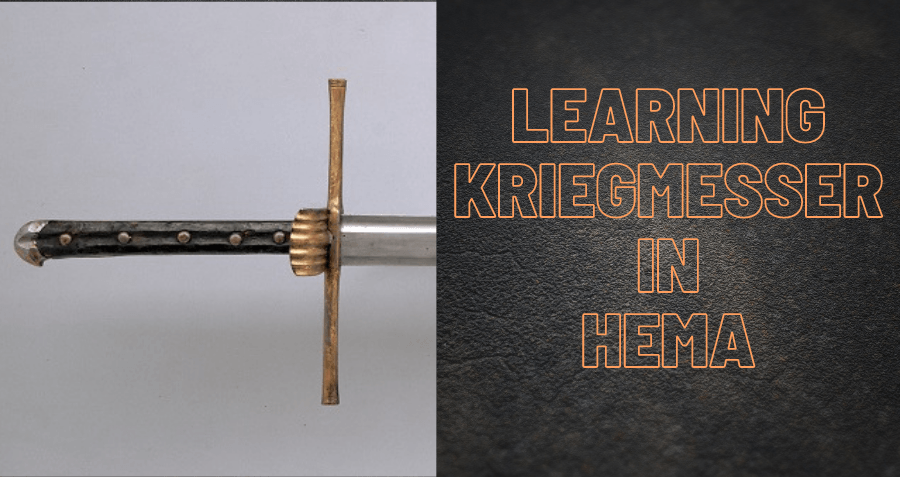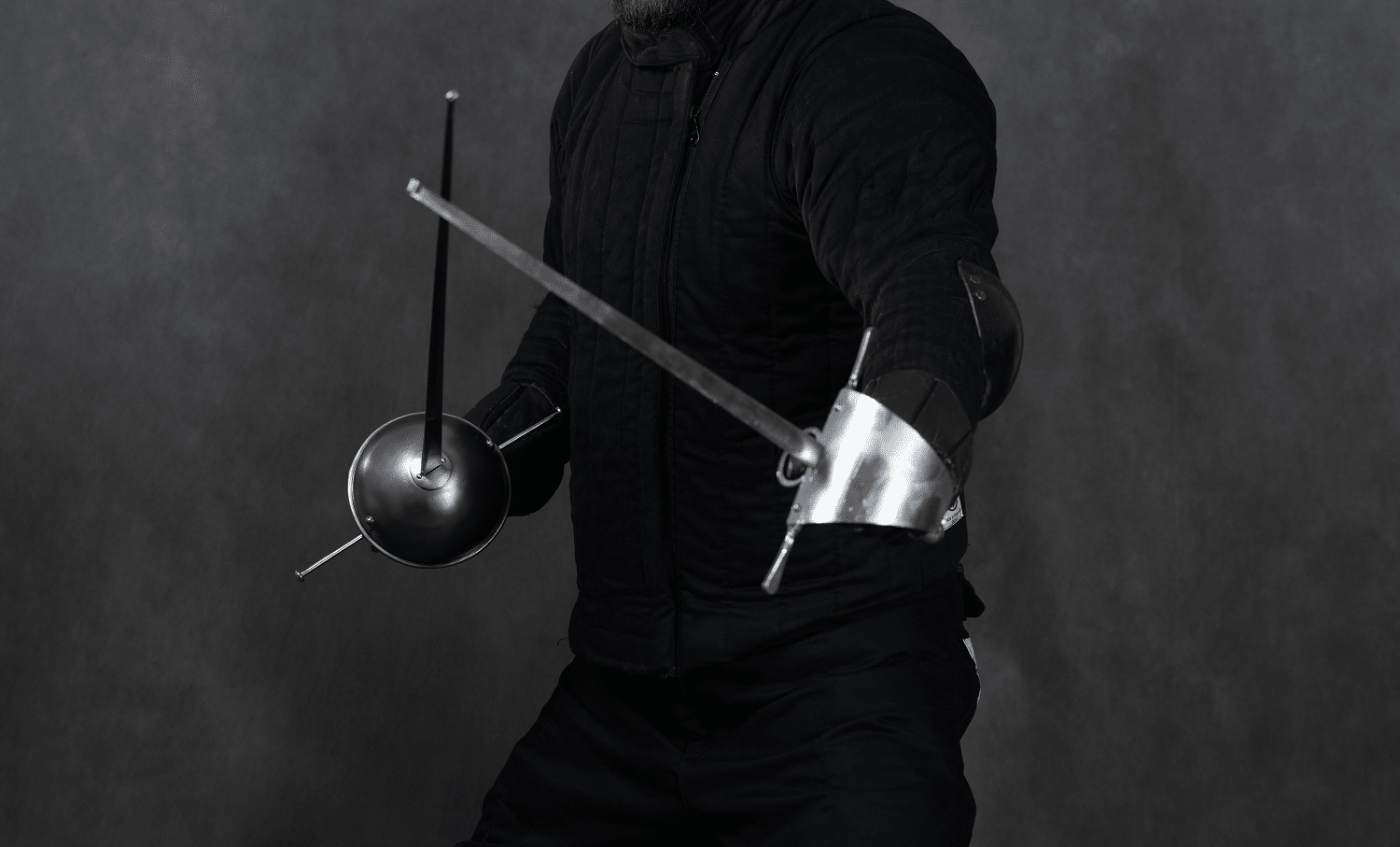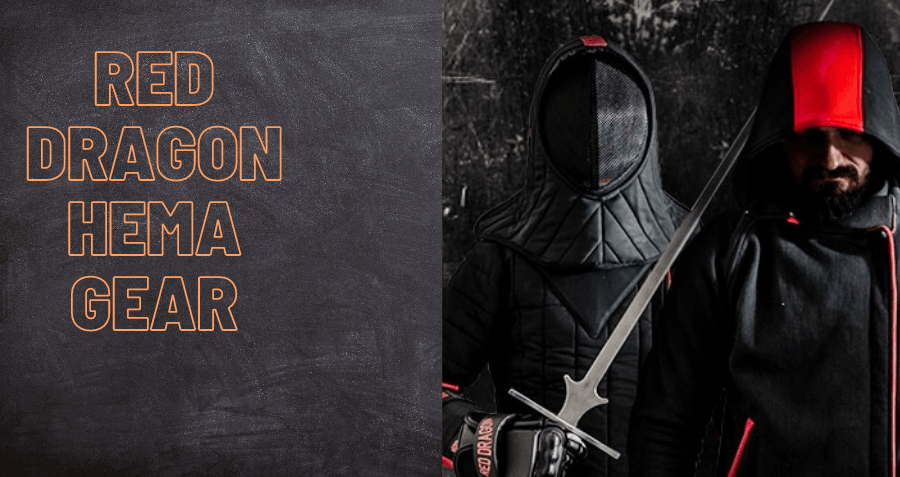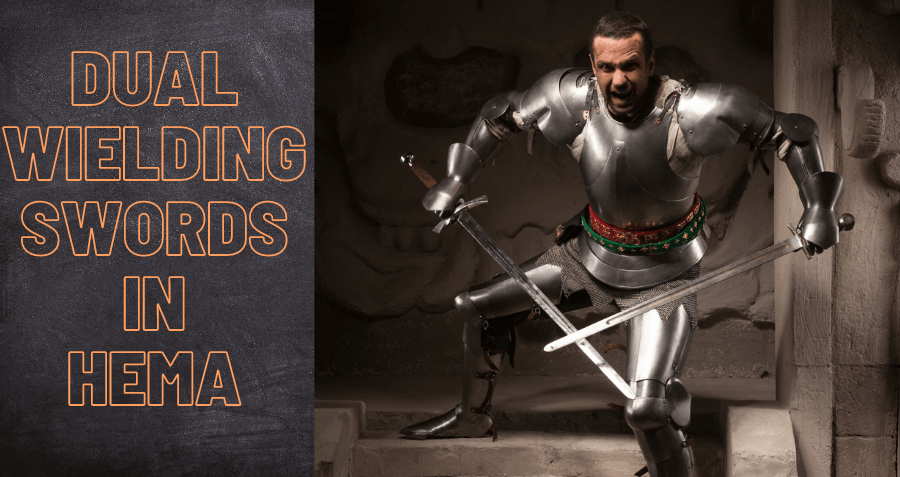Historical European martial arts originate from ancient combat techniques. Every reconstructed style entails the codified system and traditions of combat that were practiced for reasons such as self-defense, competition, entertainment, military and law enforcement applications, the preservation of the cultural heritage of the given region or country, and for physical, mental and even spiritual development. The medieval martial arts can be categorized using a number of criteria, and these entails the techniques taught that can either be armed or unarmed arts, the traditional versus contemporary styles, or by way of application or intent which can either be the acts such as self-defense, meditation, or for physical fitness.
Even though the medieval sword may be an outdated military weapon in the modern world as it is less practical than firearms, the sword is still a weapon of romantic symbolism and that gives it relevance. Our popular media utilizes the sword as a symbol of authority, power and justice. It still appears widely in our movies, television shows, video games, books and graphic novels as an instrument through which these values are expressed and defended.
While it is doubtful that swords will ever have supremacy in the battlefield again, the weapon’s place in martial disciplines is solidified. Swords hold an important place in the human psyche and training a person to use one can both improve self-esteem and health.
Some people may wonder how it is possible for physical exercise to be able to improve the mental quality of a person? The answer is simply that human beings are physical creatures; our mind is a construct of the brain, which bases its perception on the information our body is able to gather and process from the physical world. Therefore by learning to control our physical movements we also learn to control the bio-sensory processes which form our mind. While many types of physical exercise can do this, many individuals select martial arts as their form of exercise to achieve other kinds of goals.
So why then learn swordsmanship? There are several good reasons.
- Swords are really cool. Universally people like the idea of a sword and they have appeared in many different kinds of media as a result, often as the weapon of the hero. For some individuals who are disinterested in other kinds of sports learning swordsmanship can appeal to them in a manner that nothing else does.
- Swords can be symbolic. The blade of a polished sword is like the light in our darkness; it is small but can cast away the shadows from ourselves, and we can hold this light in our own hands. It is under our control to combat the stresses and frustrations of life that, like darkness, seek to overwhelm us and frustrate our ability to see the world clearly. In Chinese culture the sword is viewed as an instrument by which one can cut through the veil of self-illusion caused by the ego and free oneself from false attachments. Of course, the trademark weapon of a chivalrous European knight is always a sword, and this factors into the symbolical value of the weapon, too.
Grasp the sword manfully,
Because the cross is a royal weapon,
Together with a bold spirit.
Philippo di Vadi, 15th century fencing master, De Arte Gladiatoria Dimicandi (“On the Art of Swordsmanship”)
While the techniques we study in Historical European martial arts (HEMA) are based on authentic swordsmanship used in the past by actual swordsmen, it is not intended that people study historical fencing today as a self-defense weapon anymore than they study any other sword art like Kendo. Rather we would prefer people study historical fencing as a tool for learning discipline and as a fun way to exercise.
From a certain point of view, studying historical fencing can help us create a connection between those people who came before us and relied on these techniques to survive in a world much darker and more dangerous than our own. In some ways it could be thought that studying these arts is a way to remember and carry on the cultural legacy that we have inherited from past warriors who once lived.
This cultural heritage is inherently part of several medieval martial art traditions studied within HEMA. For example in his The Flower of Battle treatise Fiore dei Liberi introduces the sword with the words, ‘
I am of royal blood. I dispense justice, advance the cause of good and destroy evil.
These words are representative of the chivalric idealism believed in by Fiore himself personally and provides insight into his point of view about himself and his role in the world as a knight. Likewise the venerable fencing master Johannes Lichtenauer is attributed with the quote,
Young Knight learn to love God and revere women so that your honour grows. Practice knighthood and learn the Art that dignifies you, and brings you honour in wars. Wrestle well and wield lance, spear, sword, and dagger manfully, whose use in others’ hands is wasted.
A person does not need to be a Christian to appreciate the context and intentions of the author in teaching the martial traditions described in the manuscript, for this intention is made clear; these are not just techniques for how to kill an opponent. Rather it is that these are knightly arts whose practice is intended to install certain moral qualities in the student which become expressed through how they perform the techniques and what they use them for.
So the teaching of historical fencing is not only just about winning or losing in a duel. The study of HEMA can also help individuals cultivate some of the values inherit to a warrior spirit, and which can be difficult to develop if one does not engage in martial arts practice, as it is only through regular practice of warrior etiquette that one can absorb these qualities into their every day personality. Through the practice of the martial arts one develops the virtues and values of a warrior, which are often viewed as deeply desirable in society. This gives relevant purpose in studying swordsmanship today, although as with any martial art these virtues must be specifically taught and reinforced as part of the school’s curriculum.
We don’t necessarily want to suggest that instructors who abandon chivalric idealism and treat historical fencing as just another competitive sport are incorrectly teaching HEMA but we do feel that something important in the context of the arts is overlooked when historical fencing is treated as just another sport. HEMA is an excellent opportunity for an individual to develop positive personality qualities that can serve the student in other aspects of their daily life if the lessons are reinforced during training. This is comparable to instruction in Asian martial art systems such as Karate, Kendo, Judo and Wushu (kung fu) which similarly seek to teach the student valuable personality qualities to help them succeed in life.
“No such thing as bad student. Only bad teacher.”
Mr. Miyagi, The Karate Kid (1984)
We hope this article has provided the answers you seek. If you’d like to learn how to join a HEMA club or teach yourself swordsmanship on your own, please read our article, ‘How to learn HEMA‘.
****
If you’d like to learn more information about historical fencing practices please check out our Learn HEMA page for a guide to learning about the historical weapon that interests you. You can also find more guides we’ve written about other topics at our Helpful Guides page. You can also join the conversation at our forums or our Facebook Group community.


















2 Responses
Very nicely written article. Insightful and well rounded. Well done!